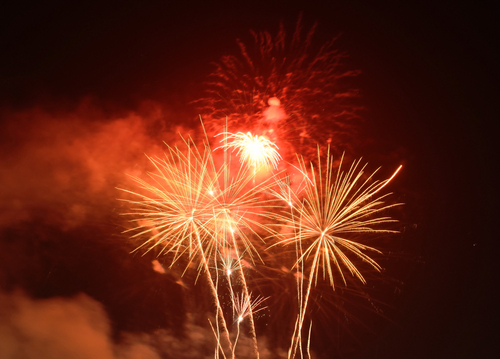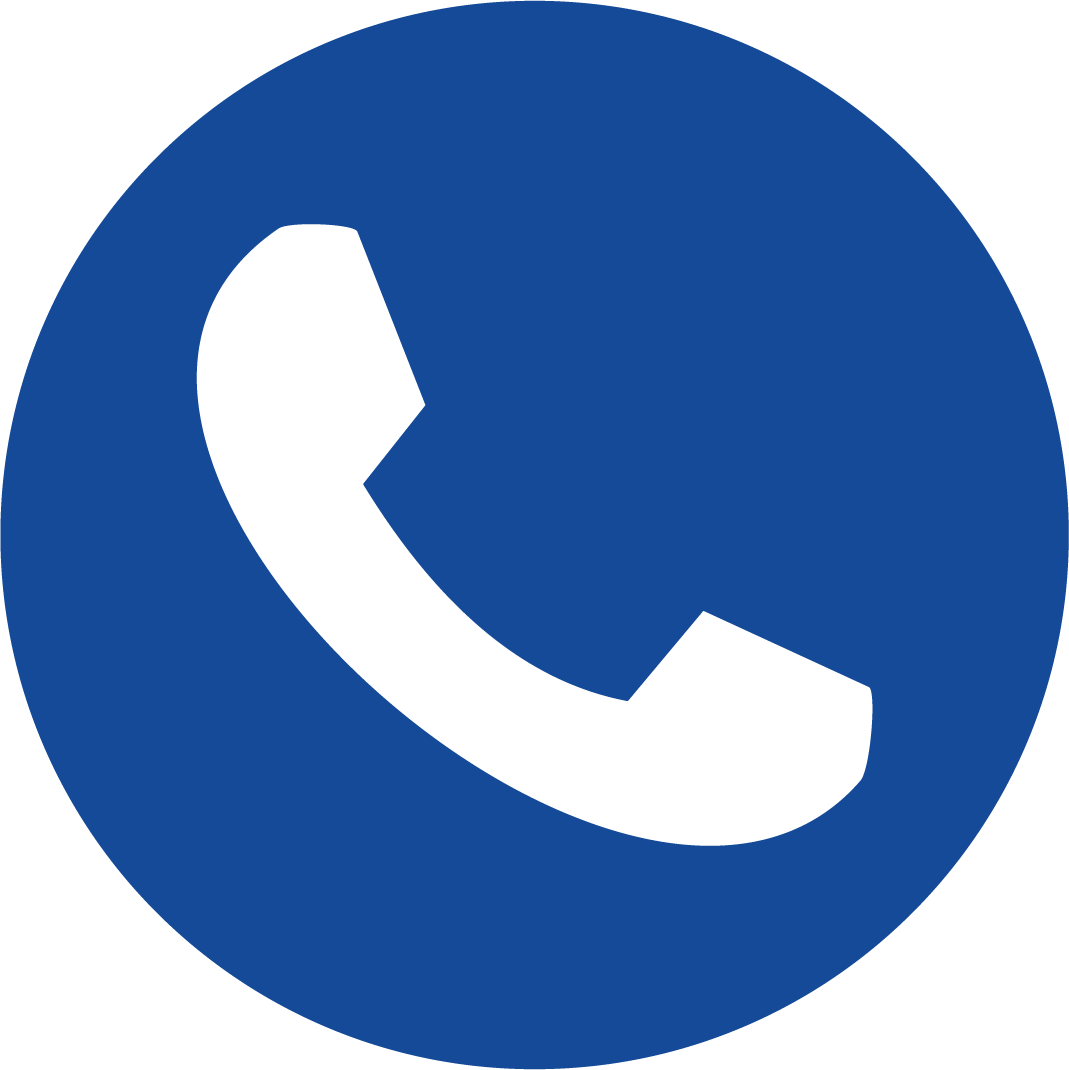
June means summer. School’s out, and warm weather promises new adventures!
According to the American Academy of Ophthalmology, June is also Fireworks Eye Safety and Cataract Awareness Month. As you plan your Fourth of July celebrations, use this list to maintain your visual independence.
Take charge of your eye health, from fireworks injury prevention to recognizing the early signs of cataracts. Keep reading to learn twelve instructions to follow during fireworks eye safety and cataract awareness month!
Fireworks Eye Safety Awareness
Who doesn’t love fireworks? Though they’re bright, colorful, and exciting, fireworks are not toys but incendiary devices that can cause devastating eye injuries.
Out of all firework-related injuries, many affect the eyes. Reduce your risk by following these fireworks eye safety instructions.
Professional Fireworks Shows Safety
1. Don’t Cross Safety Barriers
Stepping over a rope or caution tape to get a better look isn’t worth putting yourself or your vision at risk.
2.View Fireworks From at Least 500 Feet Away
This may seem far away, but you’re there to see the burst of light above your head, not the lighting of the fuse. If any accidents occur, you’ll be well protected and still get a good view of the firework exploding high above.
3. Stay Away From Unexploded Fireworks
Just because a fuse didn’t light doesn’t mean that the firework is safe or a dud. The flammable materials have still been exposed to a flame and may be smoldering.
If you encounter unexploded fireworks, don’t touch them. Instead, contact the fire department or the police. Both are equipped to deal with unexploded materials.
Legally Purchased Fireworks Safety
4. Wear Protective Eyewear
Always use ANSI-approved protective eyewear. Choose glasses, goggles, or face shields labeled “ANSI Z87.1” These meet the American National Standards Institute, or ANSI, Z87.1 safety standard.
5. Set Off Fireworks Outdoors in a Clear Area
Make sure you’re far away from houses, dry leaves, grass, or other flammable materials.
6. Have a Water Bucket Ready
Keep a bucket of water close for emergencies and for dud fireworks.
7. Beware of Duds
If any fireworks don’t ignite or malfunction, these duds are still dangerous. Drench them in water and throw them away.
8. Stand Back and Keep Your Body Parts Away
When lighting a firework, don’t bend or lean over it. This includes any body parts like hands, arms, and head.
Children and Fireworks Safety
8. Be Careful With Sparklers
Young children should not hold or touch sparklers as they burn at over two thousand degrees Fahrenheit. Studies indicate over a thousand sparkler injuries occur annually.
These are not safe alternatives to fireworks and must be used with caution with older children.
9. Don’t Let Children Handle Fireworks
Children aged fifteen and under represent a large number of the total injuries. Half of the injuries requiring an ER visit happened to people aged twenty or younger.
Cataract Awareness
Cataracts are the clouding of the eye’s clear lens and cause blurry vision. They naturally develop due to age or a previous eye injury.
Cataract surgery removes the cloudy lens and replaces it, resulting in restored vision. If left untreated, cataracts can cause severe vision loss.
Cataracts are easily treated. It is essential to have your eye doctor monitor them to determine when surgery is warranted.
Cataract Early Detection Safety
10. Watch For Symptoms
They include cloudy, blurred, or dim vision. You may also notice difficulty seeing at night, glare or halos around lights, faded or yellowed vision, or double vision.
11. See Your Eye Doctor
It is important to have your eye doctor monitor your cataracts as they progress. Your eye doctor will recommend cataract surgery when they begin to impact your quality of life.
12. Schedule Regular Eye Exams.
It’s an easy way to protect your vision.
Do you want to learn more about how you can prevent eye-related injuries from fireworks or get your eyes examined for cataracts? Schedule an appointment at Eyecare Medical Group in Portland, ME, today!





